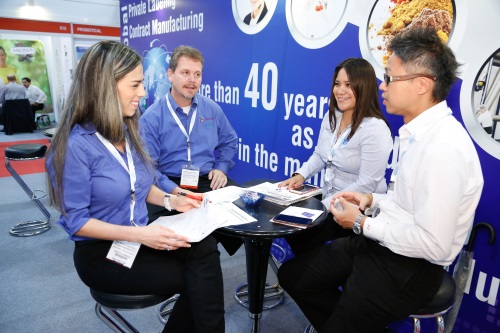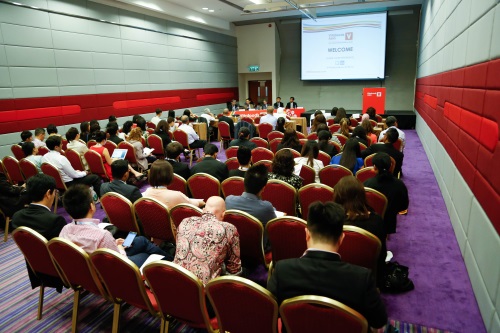In Southeast Asia, the ASEAN Free Trade Agreement (AFTA) has undergone enhancements over the years, which saw the easing of Rules of Origin compliance and administration, according to Informa Exhibitions, the show organizer of VitaFoods Asia.
By 2015, ASEAN member states are obliged to eliminate tariffs on over 99% of all products traded within the region, according preferential tariff treatment to goods originating from ASEAN countries and facilitating increased intra-ASEAN trade.
This implies a simpler, quicker process for companies looking to obtain tariff savings, as ASEAN continues to streamline its documents and certification procedures for the AFTA.
In China and Japan, regulatory changes in dietary reference intakes and health claims give the Omega-3 industry a boost.
“Asia has been the leading growth market for Omega-3s globally, outperforming expectations dramatically,” says Adam Ismail, executive director, Global Organization for EPA and DHA Omega-3s.
“In fact, it looks on pace to overtake Europe within the next few years.”
In a long-awaited move, the Chinese Nutrition Society has established official Dietary Reference Intakes (DRI’s) for EPA [eicosapentaenoic acid] and DHA [docosahexaenoic acid].
According to the Handbook of Chinese DRI’s 2013, the recommended EPA and DHA intake for adults is between 250 to 2000mg per day.
The publication also established adequate intake levels for specific populations of children from birth to four years (100mg/day of DHA) and pregnant and lactating women (250mg/day of EPA + DHA, of which 200 mg should be DHA).
Meanwhile, Japan’s Consumer Affairs Agency (CAA) formally adopted a new category – Foods with Function Claims – for foods with health claims.
Existing categories of Foods for Specified Health Uses and Foods with Nutrient Function Claims remain unchanged.
The new category permits manufacturers to make claims about the health benefit of the finished product or active ingredient without performing clinical trials on finished products if a notification with appropriate scientific substantiation is submitted to the CAA at least 60 days prior to the product launch.
Specifically, foods whose active ingredient is EPA or DHA fall into this new category, making it easier for companies with relevant products to trade in Japan.
Product highlights
At VitaFoods Asia, exhibitors displayed ingredients that are worth a second look.
Here are some of them:
– Korea-based Braintropia’s NewCell 365 is a liquid formulation with root extracts of Polygala tenuifolia Willdenow, which is widely accepted for its memory-enhancing claims.
– Spanish biotech company Monteloeder’s MetabolAid is a clinically-tested, proprietary natural formula of Lippia citrodora (Lemon Verbena) and Hibiscus sabdarifa (Hibiscus) extracts that prevents and treats conditions related to metabolic syndrome.
– Manuka Health New Zealand’s naturally boosted Manuka Honey dietary supplements that contain cyclodextrins; the Manuka Honey CycloPower Capsules and Chewable Tablets that possess elevated levels of bioactivity and are designed to improve digestive health and mouth/throat health respectively.
The sixth edition of Vitafoods Asia will be held from September 1 to 2, 2016 at the AsiaWorld-Expo, Hong Kong.











